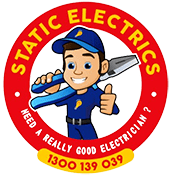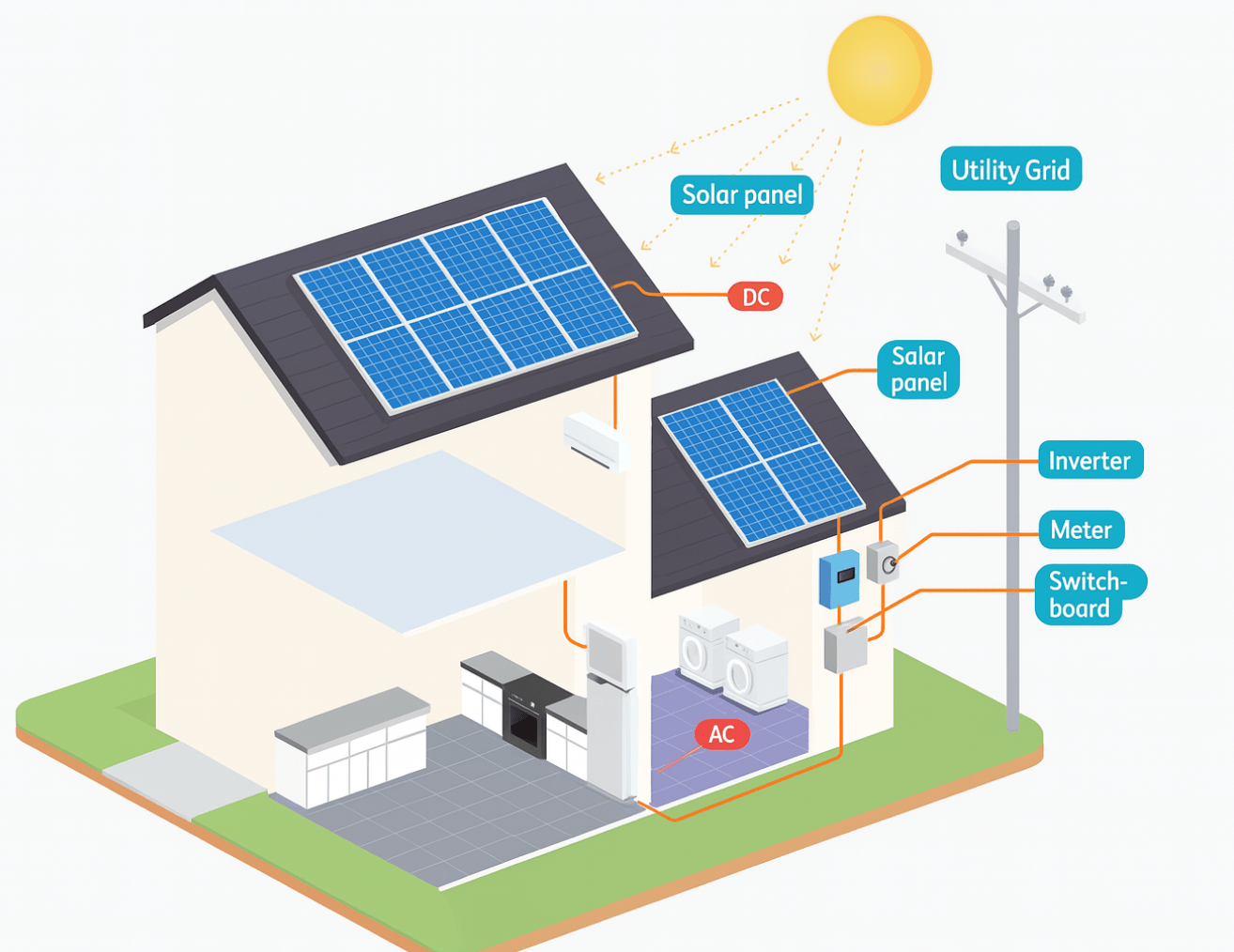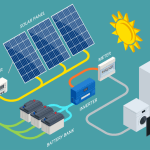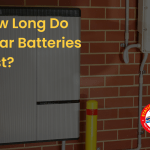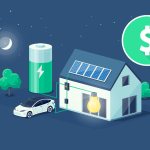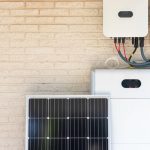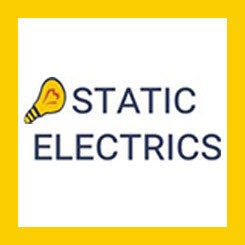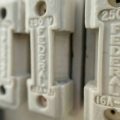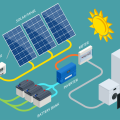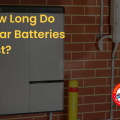How do solar panels work for your home? From PV systems to solar battery storage, there’s more to it than meets the eye, and getting the details right can lead to long-term savings.
Around Brisbane, more homes are adding solar panels as a way to stay ahead of rising energy costs. From July 1, 2025, electricity bills for typical residential customers on Tariff 11 increased by 3.8%, or about $72 annually, due to higher network costs passed down by the QCA. The rising electricity costs are making solar installations increasingly attractive for Queensland homeowners.
Getting the real advantages from solar panels means looking at more than just the system itself. You’ll want to evaluate your roof angle, energy habits, battery storage requirements, home size, and the climate you live in.
The Basic Components of a Home Solar System
| Component | Description | Role in PV Systems |
| Solar Panels | Made of semiconductor cells (usually silicon) that convert sunlight into DC power. | Capture sunlight and generate direct current (DC) electricity. |
| Main Breaker Box | Houses breakers and wiring for distributing AC electricity throughout the home. | Directs solar or grid-supplied power to circuits in the home. |
| Loads Panel | A separate breaker box connected only to essential circuits and backed by the battery. | Power key appliances (fridge, lights, etc.) during outages. |
| GT Inverter | Converts DC power from the panels into AC power compatible with the grid and home use. | Makes solar electricity usable in your home and allows export to the power grid. |
| Batteries | Stores excess DC electricity for later use. | Allows stored energy to be used during the night/power outages. |
| Charge Controller | Regulates voltage and current coming from the panels to the batteries. | Prevents overcharging and damage to batteries. |
| Inverter/Charger | Converts stored DC power from batteries into usable AC. Can also recharge batteries. | Power appliances during outages & charges batteries from the grid if needed. |
How Solar Energy Powers Your Home
Sunlight powers your solar panels. Photovoltaic (PV) cells inside the panels absorb the sunlight and convert it into direct current (DC) electricity.
The inverter converts DC to AC. The inverter takes the direct current (DC) from your solar panels and transforms it into AC electricity.
Your switchboard distributes the power. Once the solar inverter system converts the electricity, the switchboard channels it throughout your home.
Unused Energy Is Sent to the Grid or Stored. If your system generates more electricity than you use, the excess is either:
- Sent back to the utility grid. Where you may receive credit on your power bill (called a feed-in tariff), or
- Stored in a battery. If your system includes one. This lets you use solar energy at night or during blackouts.
A solar-compatible meter records how much energy you produce, use, export to the grid, or draw from it. This helps calculate your savings or credits.
How Much Sunlight Do You Need?
If you live in a typical Queensland home with two adults working from home, two school-aged children, and an electric car charging in the garage, your daily energy use could easily reach 20-30 kilowatt-hours (kWh). You’ll need at least 5 to 6 hours of strong sunlight and a solar system sized between 8 to 10 kW.
Since every home uses energy differently, your system size and sunlight needs will vary based on how many people live there and how you use electricity. Here’s a quick breakdown to help you figure out what’s right for you.
Small Home/Single or Couple
Example: 1–2 bedroom unit or townhouse
Average Usage: 5-8 kWh per day
Recommended Solar System: 3-4 kW system
Sunlight Needed: Around 3-4 hours of full sun per day
Mid-Sized Family Home
Example: 3-4 bedroom home with 2-4 people
Average Usage: 10-15 kWh per day
Recommended Solar System: 5-6.6 kW system
Sunlight Needed: Around 4-5 hours of full sun per day
Large Homes/Family of 5+
Example: 4+ bedrooms, larger appliances (e.g. pool, ducted air)
Average Usage: 20–30+ kWh per day
Recommended Solar System: 8-10 kW system or larger
Sunlight Needed: 5+ hours of strong sun exposure
Should You Go Bigger or Smaller with Your Solar System?
You’ve got two choices, go bigger or go smaller with your solar setup. Either way, your decision plays a big role in how soon you’ll start seeing real savings.
What Happens If You Undersize Your System?
Undersizing means your solar system doesn’t generate enough energy to cover your household’s typical usage.
It can make sense if you have limited roof space, your energy needs are consistently low, or you plan to expand the system later as your budget allows.
The downside? You’ll likely continue drawing a significant amount of power from the grid, which reduces your potential savings. Plus, upgrading your system later may cost more than sizing it correctly from the start.
What Happens If You Oversize Your System?
Oversizing means your solar system generates more electricity than your household typically consumes. This might sound like a good thing and in many cases, it is. You’ll meet all your daily energy needs and still have excess power. That extra electricity can be stored in a solar battery or exported back to the grid, where you can earn credits through a feed-in tariff.
But there are a few risks to consider. One, if your local feed-in tariff is low, the value of your exported energy may not be significant. Second, oversized systems come with higher upfront costs, and if your energy usage remains low, it could take longer to see a return on your investment.
Talk to a Solar Team Who Puts Your Needs First
Guesswork leads to wasted money and solar isn’t something you want to gamble on. That’s why Static Electrics offers hands-on support and thorough solar inspections before you commit. We’ll help you find the right fit for your budget and energy needs, so you can enjoy all the benefits of solar without the headache.
Frequently Asked Questions
What percentage of Australians use solar energy?
As of 2025, around 33% of Australian households have rooftop solar systems installed. That’s over 3.7 million homes tapping into solar energy, making Australia a global leader in solar uptake per capita. In sunny regions like Queensland and South Australia, household adoption is even higher, closer to 40–50%.
What are the four factors that affect solar energy?
These include the orientation and tilt of your roof, the amount of shading from nearby trees or buildings, the local climate and weather patterns, and the size and efficiency of your solar panels. All of these influence how effectively your system captures and converts sunlight into usable electricity for your home.
How often do solar panels need maintenance?
Solar electricians recommend a solar maintenance service every 1 to 2 years. This includes cleaning the panels, inspecting the wiring, checking the inverter, and making sure everything’s running safely and efficiently. If your home is near the coast, under large trees, or in an area prone to dust or pollen, an annual service is ideal.
